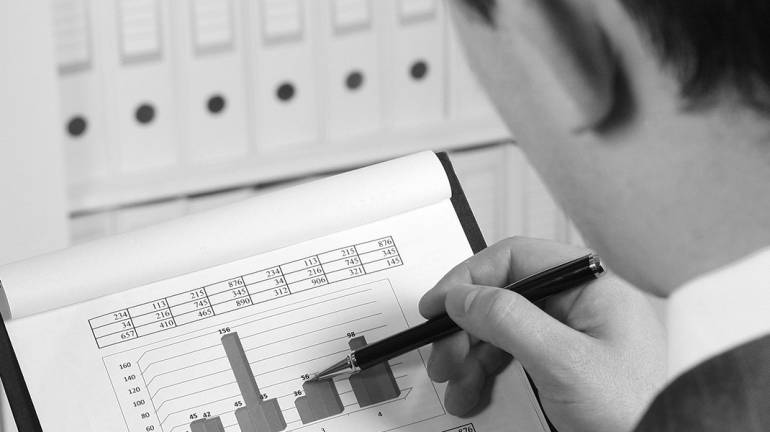
Impact of outdated assets continues to rise
(29 January 2016 – Australia) The number of Australian businesses negatively affected by outdated assets continues to rise.
The latest round of the Alleasing Equipment Demand Index (the Index) finds that six in 10 businesses now report that they are suffering negative impacts from outdated assets, an increase of 16 percent over the last 18 months. Additionally, the Index found that an estimated A$124.9 billion of Australian business funds are tied up in the outright ownership of assets.
Small to medium sized enterprises (SMEs) are feeling the negative impacts of this issue the most acutely, with more than three quarters of Australian micro businesses (76 percent) and 77 percent of SMEs indicating they are detrimentally impacted by assets sweated beyond their shelf life.
According to Alleasing Chief Executive Officer Daniel Blizzard, the latest findings indicate a difficult trading environment for businesses. “Australian businesses are being challenged to do more with less – a pressure they have been facing since the Global Financial Crisis,” he said.
“They need to effectively manage their operations and capital expenditure, yet balance this against the need to be more productive and to grow their business.
“Over six rounds of research, we have emphasised the need for businesses to address the growing backlog of assets that are negatively impacting both their own operations and the nation’s productivity, yet the research suggests they remain passive when it comes to addressing this problem, with a considerable 61 percent having no plans to invest in new assets during the March quarter.
“We’ve also seen the value of funds tied up in asset ownership increase since the inaugural Index in August 2014. If businesses used their funds more effectively, they could address their productivity issues and free up funds for other areas of business investment,” Blizzard said.
Although the proportion of owned assets remains relatively high (8 percent) for Australian businesses, they are better placed than their New Zealand counterparts, where the proportion of owned assets is just below 15 percent. This flows on to sentiment, as a proportionately larger eight in 10 New Zealand firms are suffering the adverse impacts of assets used beyond their recommended serviceable life, compared to six in 10 Australian firms.
“Given many New Zealand businesses intend to acquire assets during this quarter, firms in both countries will have to carefully consider funding options to ensure they maximise potential for growth but also allow for the benefits new equipment can deliver,” said Blizzard.





 Subscribe
Subscribe